The depth of your arena footing materials can help maximize performance or, on the flip side, have the potential to cause injury. The ideal depth is often dependent upon your discipline. Let’s take a deeper (pun intended) look:
For upper level jumping arenas we recommend 4- 5 inches of a fine particle arena sand mixed well with FSGeoTEX geotextiles to create the best shock absorption during the landing phase and stability during take off.
For Hunter arenas with lower fences, 3-4 inches of a fine particle sand plus premium geotextiles will be sufficient.
For flat work or Dressage arenas, we recommend a 3 inch arena surface combined with FSGeoTEX 5* Blend, which will give you the spring and cushion your horses need.
How much sand do I need for my riding arena?
Aside from the sand additive, an appropriate sand makes a difference in the quality of your riding arena. If your local sand is too coarse, you may be limited to 2- 2.5 inches of surface sand. Blending two sands might be another option to achieve the right sand characteristics. We do NOT recommend jumping on coarse arena sand surfaces at all.
You may wonder if you can jump on just 2 inches if you have found the ideal fine particle sand. The answer is: Absolutely not!!! Your horse’s feet will be landing on the arena BASE, which can cause pedal osteitis and joint problems- OUCH!!!!! Such a shallow sand depth will not be able to provide the density the sand needs to act as a mattress.
Selecting the correct sand for your new riding arena will save you a lot of problems in the future. A coarse arena sand will always shift and move while a fine particle sand at the recommended depth with FSGeoTEX and appropriate water will give you the desired stability. Always get the sand analyzed and approved by an arena footing expert before you purchase your sand.
How do I maintain my riding arena?
Don’t hesitate to contact us and send us your sand sample to determine the correct sand and depth of sand. We are always here to help.
Please also read our article, Arena Footing and Soundness: Part 1 describing how to determine if your arena footing is safe for your horse.
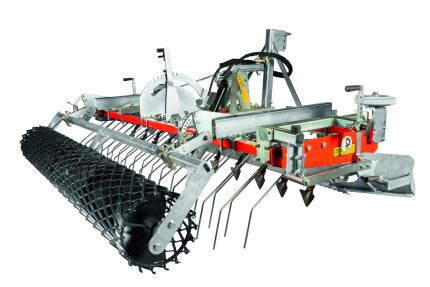
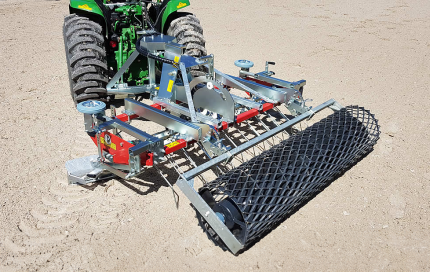
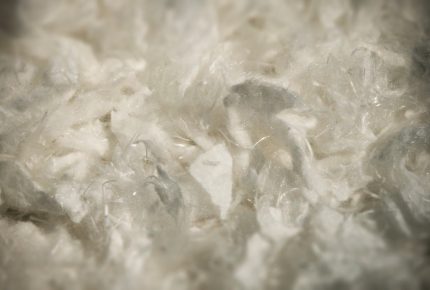
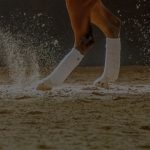 Geotextile Arena Footing
Geotextile Arena Footing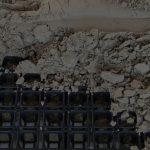 Ground Mats and Grids
Ground Mats and Grids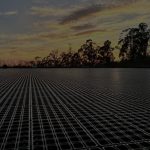 Subsurface Irrigation
Subsurface Irrigation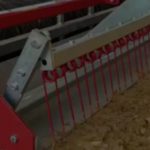 Arena Drags & Groomers
Arena Drags & Groomers Mirrors and Kickwall
Mirrors and Kickwall Horse Wellness
Horse Wellness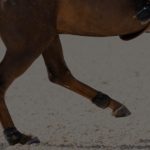 Dust Control
Dust Control